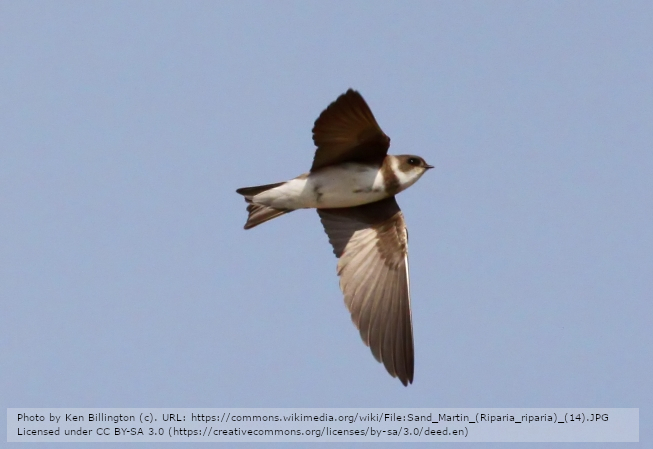The Sand Martins Riparia riparia at Spillepeng—studies of a newly created colony
DOI:
https://doi.org/10.34080/os.v12.22839Keywords:
habitat selection, nest site selection, anthropological effects, predation, interspecific interactionAbstract
In 2001, we followed the burrow excavation phase, measured the length of the burrows, and analysed the nest content of invertebrates after breeding at a Sand Martin Riparia riparia colony near Malmö. After a spontaneous establishment of 50 pairs in 1999, the site was artificially improved, and about 250 pairs bred in 2000. Further improvement was made in 2001 to avoid predation which resulted in about 300 breeding pairs. The main excavation phase was between 7 May (a late spring) and early June. The mean burrow length was 79.9 ±20.3 cm (202 burrows judged to have been completed). The longest burrows were 137, 138, and 138 cm, which are among the longest ever recorded. The nest material contained an abundance of mites and fleas (probably Ceratophyllus styx), and also other invertebrates, among them Acheta deestica in different stages of development. After breeding was completed several burrows were occupied by Apodemus mice which built their own nests with Chenopodium leaves. The only predation we saw was two swallows taken by a Hobby Falco subbuteo.
Downloads

Downloads
Published
How to Cite
Issue
Section
License
The copyright of each contribution belongs to the author(s), but all contributions are published under a Creative Commons license, so that anyone is free to share and reuse the contribution as long as the copyright holder is attributed.







